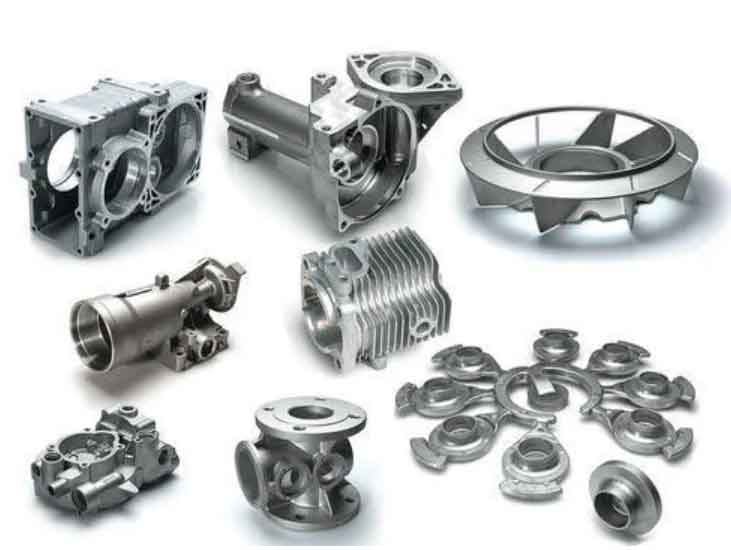
Grey cast iron offers several advantages that make it a preferred material in various industrial applications. Its unique combination of properties makes it well-suited for specific engineering challenges, contributing to its wide usage across industries. Let’s explore the advantages of grey cast iron in industrial applications:
1. Excellent Wear Resistance:
Grey cast iron exhibits exceptional wear resistance, making it ideal for components subjected to abrasive or erosive forces. This property is particularly valuable in applications such as pumps, hydraulic cylinders, and machine tool parts, where wear is a significant concern.
2. Good Machinability:
Grey cast iron is relatively easy to machine, allowing for cost-effective production and fabrication of intricate components. Its machinability is especially advantageous in industries where precision and complex geometries are required.
3. High Damping Capacity:
The graphite flakes present in grey cast iron contribute to its high damping capacity, which effectively absorbs and dissipates vibrations and noise. This makes it suitable for applications where vibration damping is critical, such as in engine blocks and machinery bases.
4. Thermal Conductivity:
Grey cast iron exhibits good thermal conductivity, making it an excellent material for components subjected to thermal cycling or temperature variations. It efficiently dissipates heat, reducing the risk of thermal distortion and improving thermal stability.
5. Cost-Effectiveness:
Grey cast iron is relatively inexpensive compared to other engineering materials, making it an attractive choice for cost-sensitive applications. Its cost-effectiveness, combined with its desirable properties, enhances its competitiveness in various industrial sectors.
6. Corrosion Resistance:
While not as corrosion-resistant as some other materials, grey cast iron does possess adequate resistance to certain environments, particularly when properly protected or coated. This property is advantageous in applications where cost-effective corrosion-resistant materials are required.
7. Castability:
Grey cast iron has excellent castability, enabling the production of complex and intricate shapes with high dimensional accuracy. Its ability to reproduce fine details in the casting process is particularly valuable in industries requiring intricate designs.
8. High Compressive Strength:
Grey cast iron exhibits high compressive strength, making it suitable for components subjected to heavy loads or compression forces. It is commonly used in machine frames, engine blocks, and other structural applications.
9. Low Melting Point:
Grey cast iron has a lower melting point compared to some other metals, contributing to energy and cost savings during the casting process.
10. Thermal Stability:
Grey cast iron maintains its shape and dimensional stability at high temperatures, making it a reliable material for components subjected to thermal stress.
The advantages of grey cast iron, including its wear resistance, machinability, damping capacity, and cost-effectiveness, make it a versatile material in various industrial applications. Its unique properties address specific engineering requirements, making it a reliable and widely used material in modern manufacturing.
